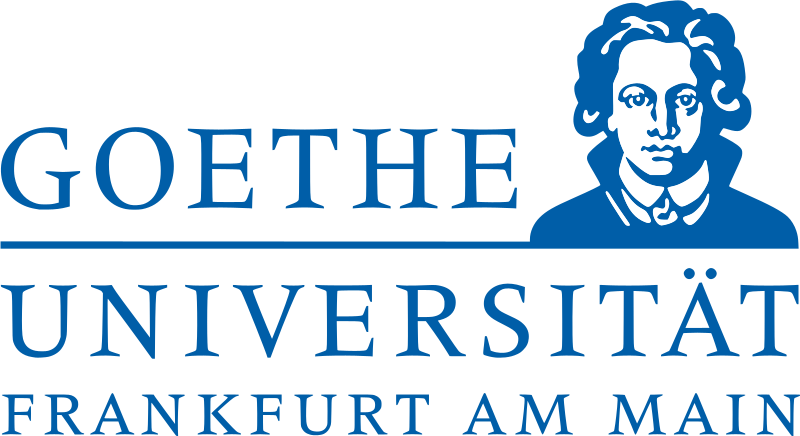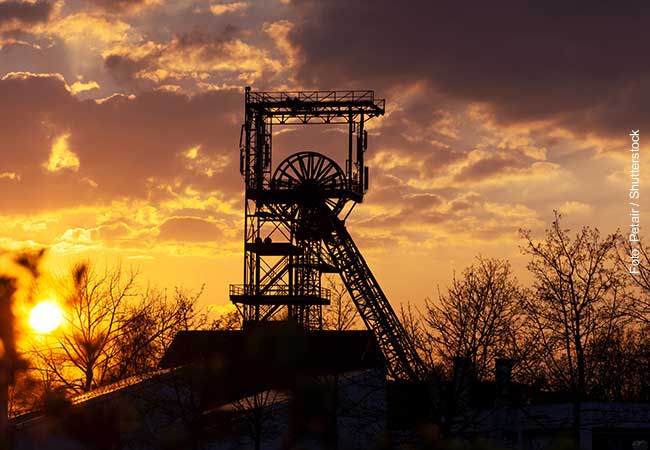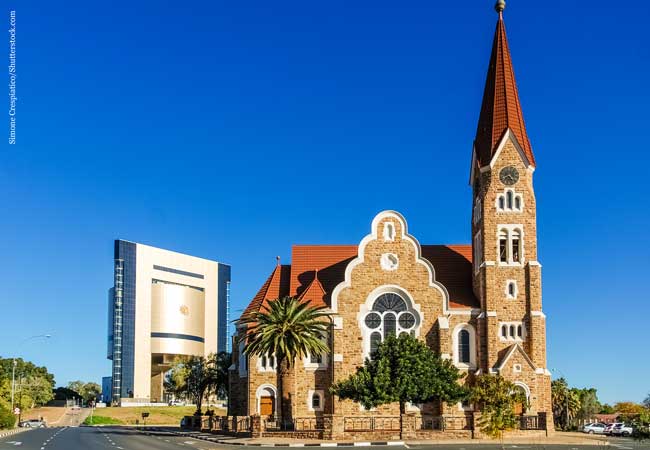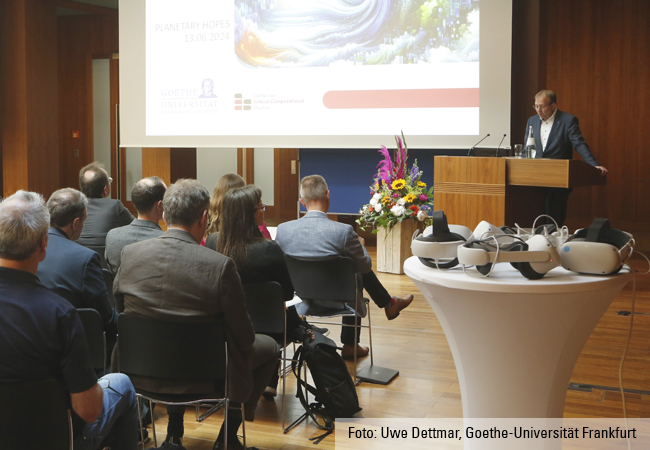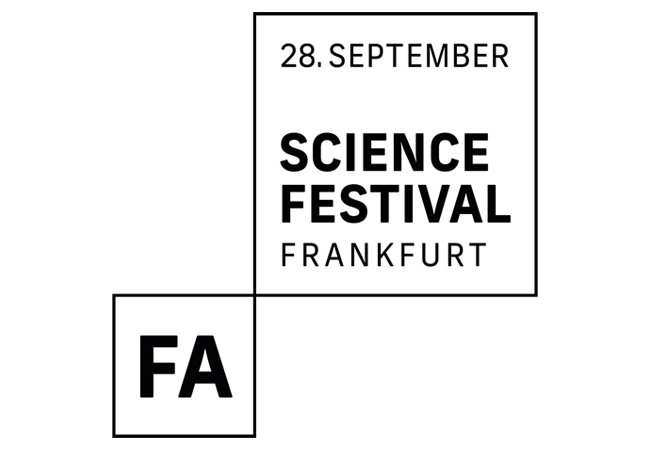What does it mean to have to leave your own country as a researcher? The exhibition “Poser pour la Liberté / Standing for Freedom” shows 15 life stories of researchers and their hosts in exile.
The photo exhibition “Poser pour la liberté /Standing for freedom” will be held from January 13 to February 17, 2024 in the Foyer of the I.G. Farben Building, on Goethe University’s Westend Campus.

The portraits of the scientists in exile are presented as part of a tour covering four topics: “history of scientific asylum”, “researchers in mortal danger”, “science in exile”, and “reporting, observing, witnessing”. The 15 photos stem from the award-winning photo project RESTRICA (Regards sur les exils scientifiques contraints d’hier et d’aujourd’hui / Insights into Forced Scientific Exile in the Past and Present), initiated in 2018 by political scientist Pascale Laborier together with Berlin-based French photographer Pierre-Jérôme Adjedj. As part of RESTRICA, 51 portraits of scientists forced into exile were created over the course of three years.
Following its debut at the Cité du Design in Saint-Étienne in 2021, the exhibition has since been on display at Humboldt-Universität zu Berlin and European University Viadrina in Frankfurt (Oder).
The exhibition’s accompanying program will open on January 19, at 4 p.m. with a vernissage including a panel discussion in the I.G. Farben Building, Room IG 311.
The exhibition’s two organizers, political scientist Pascale Laborier and photographer Pierre-Jerome Adjedi, as well as Frank Albrecht, head of Humboldt Foundation’s Philipp Schwartz Initiative (PSI), will join the discussions. Other panel guests include two medical doctors, who are being persecuted by the coup plotters in Myanmar: Dr. Aung Aung is currently a PSI Fellow at Goethe University’s Institute of Occupational, Social and Environmental Medicine, while Prof. Dr. Zaw Wai Soe is Union Minister of Education and Union Minister of Health in the National Unity Government of Myanmar, i.e. a representative of the resistance’s counter-government against the coup plotters.
The rest of the supporting program at a glance:
January 25, Foyer of the I.G. Farben Building
9, 10 and 11 a.m. (prior registration required)
Guided tour of the exhibition “Poser pour la liberté /Standing for freedom” in French
February 2, Casino Building, Room 1.811
6 p.m.
Talk concert “Music of exile”
Mélina Burlaud (piano) & Gorka Robles Alegria (vocals)
February 8, I.G. Farben Building, Room IG 411
6 p.m.
Panel discussion
Standing for Academic Freedom.
Meeting the Scholars behind the Exposition. Roundtable with Scientists in Exile from Countries and Societies under Threat
